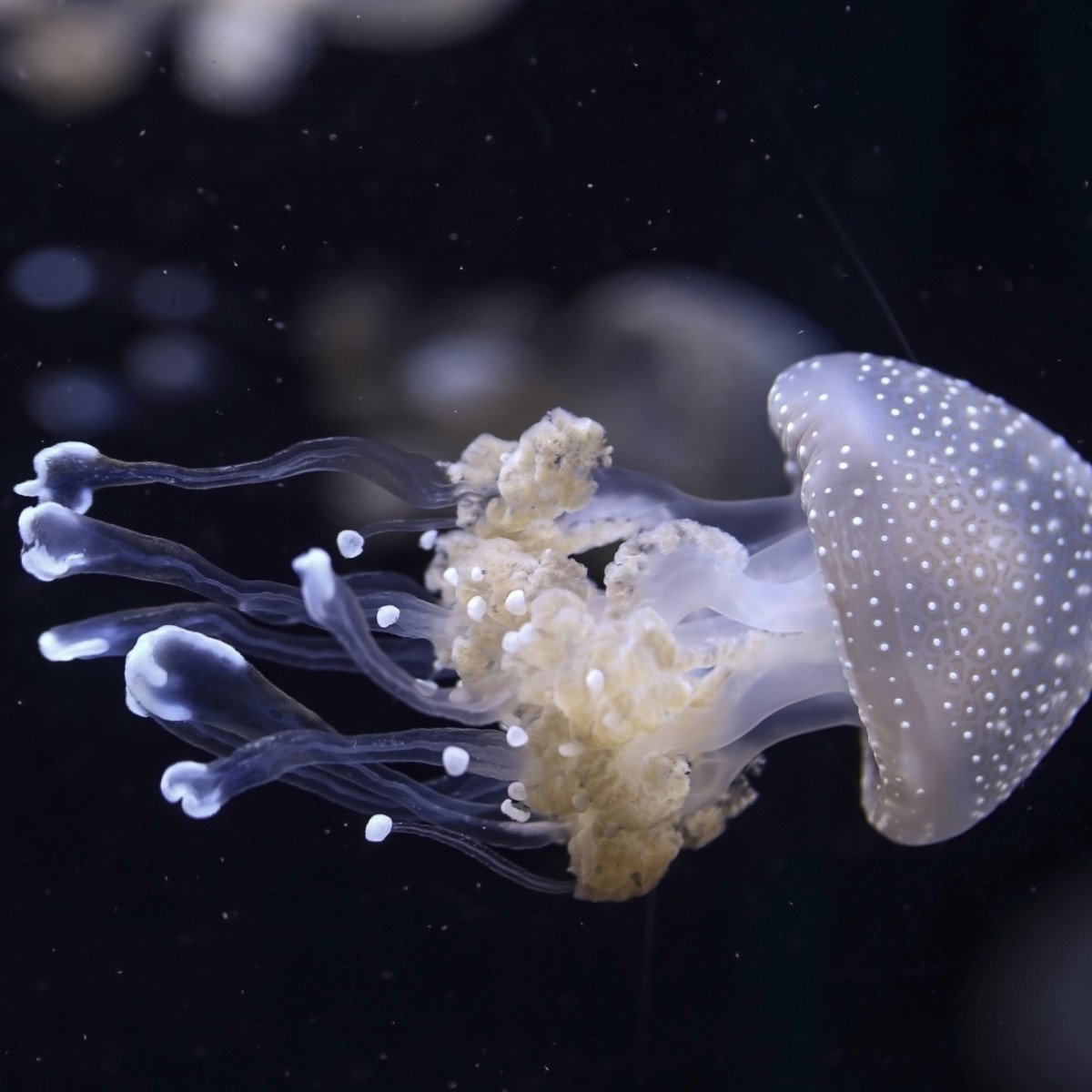Remember the first time you held your breath, plunging below the water’s surface, everything around you changing shape, texture, and color? Now, imagine bringing the ephemeral beauty of that underwater world back to the surface, captured forever through the lens of your camera.
Is it challenging to get the right set of underwater photography gear? Absolutely. But is it also an exhilarating adventure propelling you into the deep blue? Unequivocally yes.
Mastering The Deep Blue: Equipment Essentials
The world below the water surface is a different realm, arguably more beautiful and definitely more demanding. The right gear makes bringing back photographic treasures from this world possible.
“Remember,” my diver friend Jim told me once, “Your camera is as good as its housing. If it leaks, it’s game over.” Let’s start with the unsung hero of underwater photography: the housing.
- Dive Housings: Think of these as your camera’s personal scuba gear. They keep your camera dry and functional up to certain depths. Consider your dive plan, camera model, and budget while picking these out.
- Lenses: Take the plunge with wide-angle lenses for expansive seascapes or macro lenses for capturing minute sea critters. Have a look at our review on some of the top photography accessories for an insight into the best lens options.
Now, let’s surface and gear down to our next critical comrade – lights. Underwater, colors are devoured rapidly by the liquid medium, beginning with red, then orange and so on. To ensure your photography doesn’t get drowned in blue, good lighting is vital.
- Lights: As vital as air for your visual lung, lighting tools like strobes or video lights reintroduce color back into your underwater images. Deciding between strobe and continuous lighting depends on your needs – still photography or videography.
In the words of the maestro Ansel Adams, ‘you don’t make a photograph just with a camera.’ It’s a symphony of subject, light, frame, and yes, the tripods.
Stable Support: Unshakeable Tripods
Below the waves, stability is as fleeting as air from your lungs. To ensure your frame isn’t wavering like a sea anemone in a current, you need robust underwater tripods.
- Tripods: These three-legged friends are lifesavers, helping achieve balanced composition and long exposure shots without the dread of motion blur. And with many built to weather salt water’s corrosive nature, they’re essential to your diving bag.
With such a list of gears to consider, it may seem a bit overwhelming. But take a deep breath. Remember, the most profound depths hold the rarest treasures.
Now, after assembling all the necessary gear, remember one thing: it’s not all about the equipment. As said, ‘The best gear is the gear you know.’ Practice until you’re as fluid with your equipment above water as you will need to be below.
Making Magic Underwater
How do you articulate the silent ballet of a manta ray or the vivid colors of a coral reef in a photograph? Underwater photography is more than just clicking a button; it’s about patience, understanding, and the intuitive relationship you have with your environment. And this unique connection is what makes the final photographic piece astonishingly beautiful.
So, does the gear matter? It does, just as much as your willingness to explore, to observe, and to capture each miraculous moment you spend diving into the mesmerizing blue depths. Each piece of equipment is a ticket to an unseen world, a bridge between our world and the incredible underwater realm.
To summarize, underwater photography is a journey, a plunge into an alien world. Will you venture beneath the waves, camera in hand, and take your audience with you?
It’s a voyage I recommend to everyone with a passion for photography and a curiosity for the unseen. All aboard, it’s time to dive deep.


0 Comment